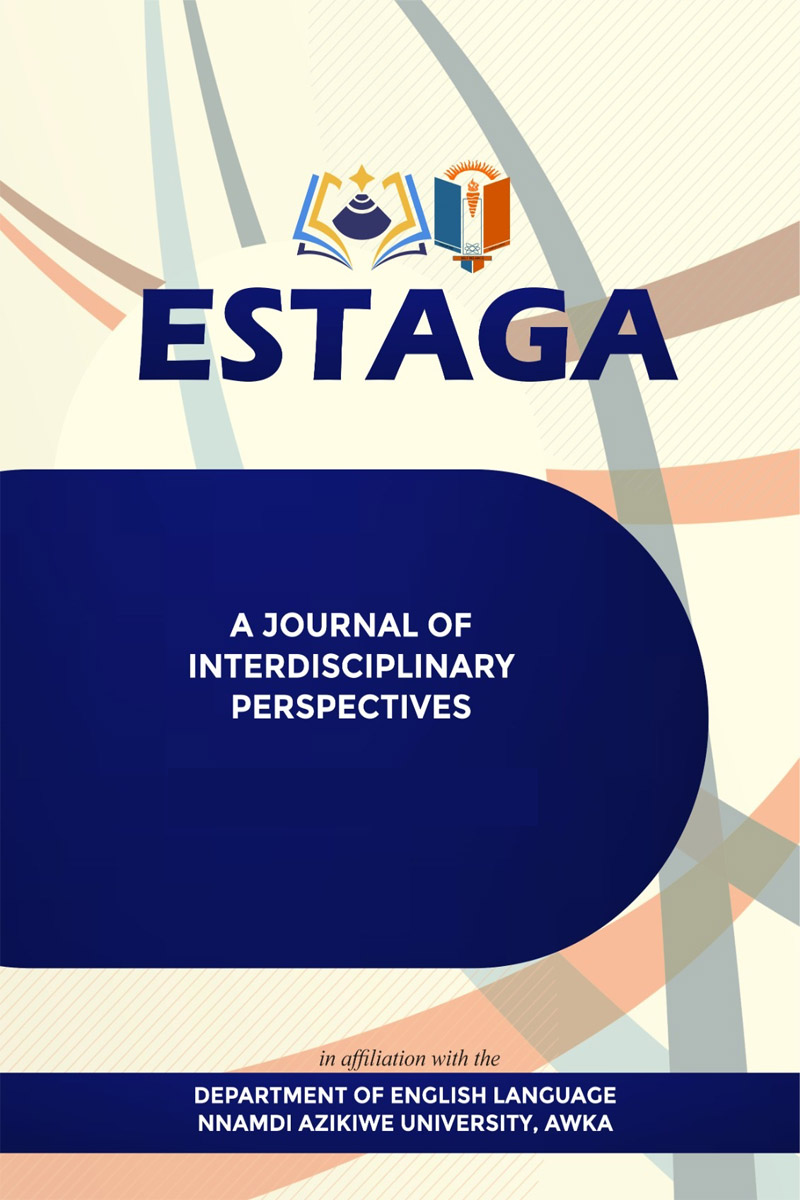Bretton Woods Institution: Dealing with the International Monetary Fund (MF)
Résumé
The paper explored the Bretton Woods Institution with emphasis on the International Monetary Fund (IMF). The IMF was a creation of the Bretton Woods institution. It was established in 1944 with its headquarters at Washington D.C following the global economic distress that greeted the international system as a result of the two World Wars (WW1 and WW11). The IMF was initially saddened by the goal of stabilising the global economy however; the institution has assumed more responsibility as it discharged the role of development agency by granting loans to member countries. Secondary source of data was adopted for the study; it involves the collection of data from textbooks, journals, articles, and conference papers. The functionalist theory of integration was adopted as the theoretical framework. The work found that the IMF and World Bank were established following the global economic crisis in the 1920s and 1930s created by the two World Wars (WW1 and WW11). The study recommends that for the IMF to achieve the goal of economic development and stability in the globe, there is a need to revisit some of the articles that established the IMF which ceded enormous powers to Western countries especially the U.S. to enable new members to play an active role in the institution.


